Text
I actually do a lot of research and am collecting what may one day be an entire bookshelf's worth of reference books, so I thought I'd share one. This is my pride and joy, at least as far as research goes:

To Live as Long as Heaven and Earth is a translation of the Shenxian Zhuan, a series of biographies of Daoist immortals by Ge Hong. The (extensive) introduction by Professor Campany also includes a lot of the translator's own research, drawing on various sources in order to provide a good overview of practices attributed to Daoists in common folklore. If you're interested in the Xianxia and Wuxia genres and their origins, I think this is an invaluable English-language text. Its focus is entirely on traditional beliefs, but through it you can see just how much of the modern fantasy genre in China is based entirely on traditional folklore.
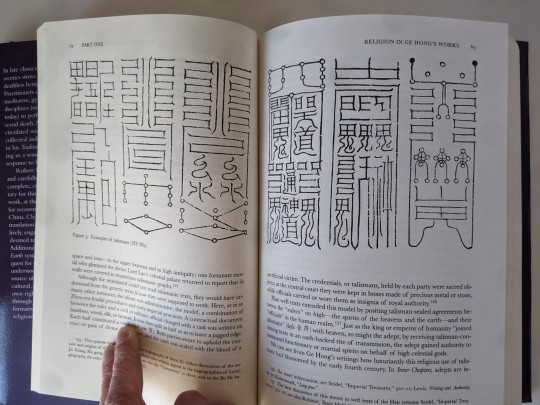
The images of talismans, for example, are extremely familiar to any viewers of modern fantasy dramas or donghua. These look very similar to the talismans we see in the Modao Zushi donghua, don't they?

This is a really interesting little section describing levels of ascendance. It's a lot simpler than modern novels with their million stages of core formation, isn't it? (Though, to be fair, most novels I read are by authors who don't care to get into that level of detail and focus on characters and storytelling, thank goodness!) The 'tianxian' sound a bit like heavenly officials in more recent stories, don't they, whereas the dixian are regular immortal cultivators who still live on earth. The use of shijie (corpse simulacrums) meanwhile, seems to mainly be maintained as a means of faking one's death, not as a means of escaping the notice of the officials of the underworld!
The main paths of immortality outlined in Ge Hong's work are: internal cultivation, external cultivation (alchemy), the arts of the bedchamber, and diet. The first three are very familiar, but I've noticed that diet-based cultivation shows up much more rarely in modern stories. I can only immediately think of Ye Baiyi from Word of Honour, who begins to age again after descending from the mountains and imbibing mortal food once more.
One thing I found interesting is that most accounts of immortals flying either depict them doing so under their own power, or placing a talisman within a bamboo staff and flying on that (or sending some poor soul on a sudden trip across the country!). Flying swords seem to be a much more modern convention.
One thing that's really amusing to me is how much energy the author (Ge Hong, not the translator) dedicated to poking fun at Confucius and Confucianism. Even though the three major religions eventually became known as the Three Teachings and are in modern terms viewed as very harmonious and complementary, historically there was often a huge amount of religious tension. Confucians and Daoists bickered with each other a lot, and then Buddhists got into the fray as well as Buddhism became more and more popular in East Asia. While Buddhism was present in China in Ge Hong's time, it had yet to reach its later popularity; this is probably why Buddhism is barely mentioned in Ge Hong's writing. There are a few indirect references and borrowings from Buddhist tales, and Professor Campany posits that some were intentionally used in competition with Buddhism, while others may have been added by later compilers/transcribers of the text who were Buddhists themselves.
A lot of Cnovels depict this sort of religious tension (Thousand Autumns is a good example), and it's really interesting to see that in these translated historical texts. Even though there are plenty of texts I can't get access to and/or wouldn't be able to read in the original language, there is a huge amount of English-language and translated scholarship on Chinese history available. A lot of it is fascinating to read from a perspective of a fan of Chinese fantasy, since the genre draws so heavily on real history and folklore.
102 notes
·
View notes
Photo
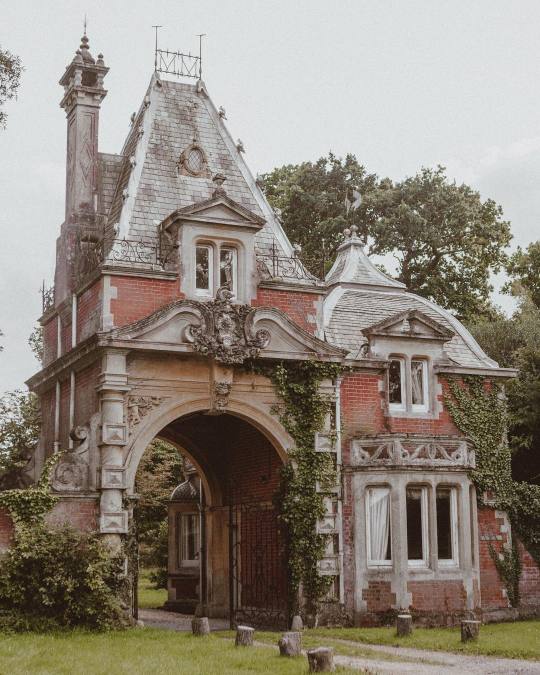
11K notes
·
View notes
Text

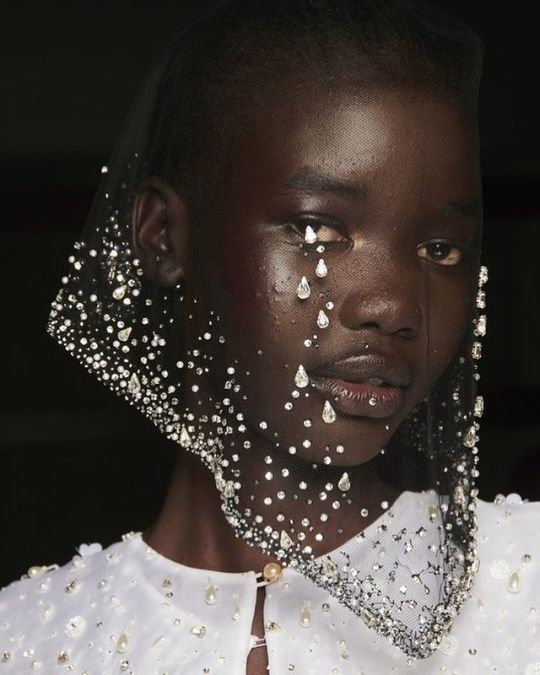
Achol Ayor at Casablanca FW 23
12K notes
·
View notes
Text

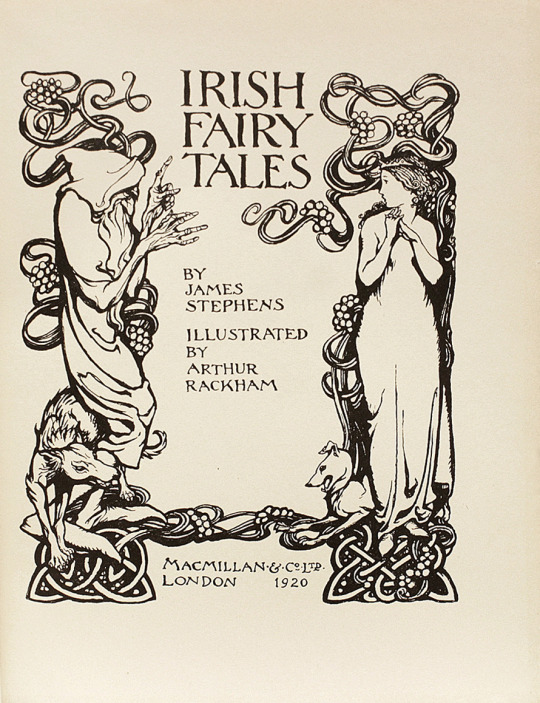


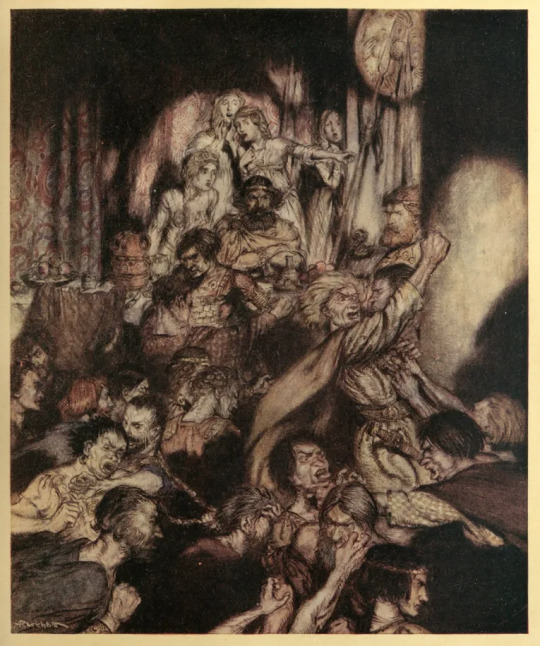


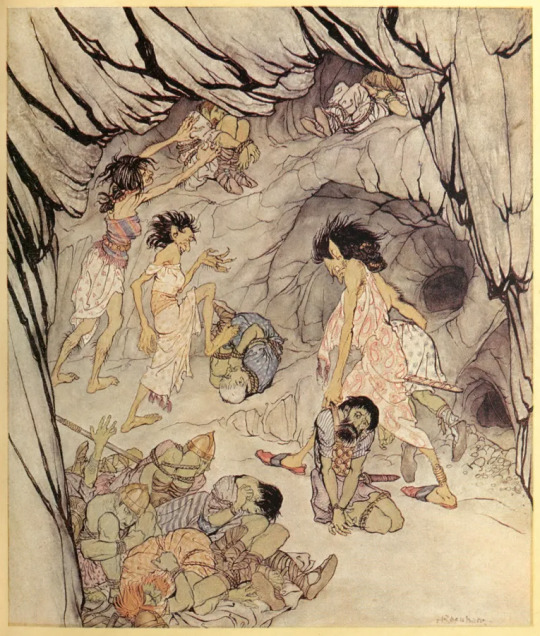




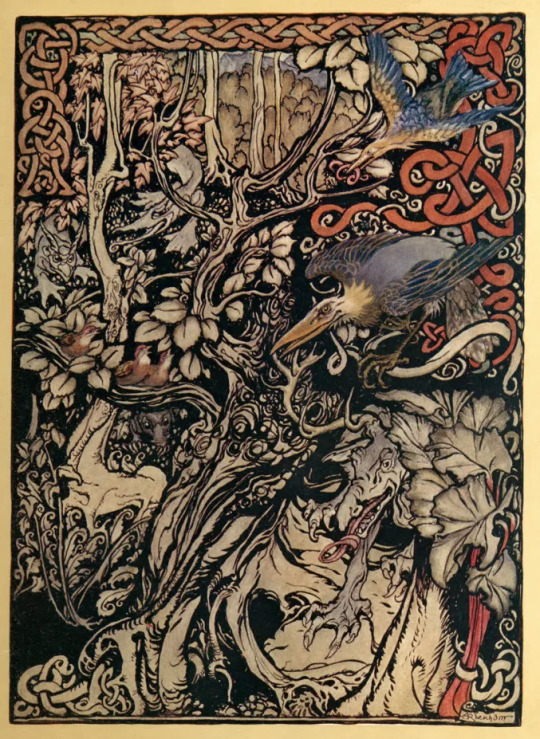
Arthur Rackham - Title page and book illustrations for Irish Fairy Tales by James Stephens, MacMillan & Co Ltd, London 1920.
Source
158 notes
·
View notes
Text
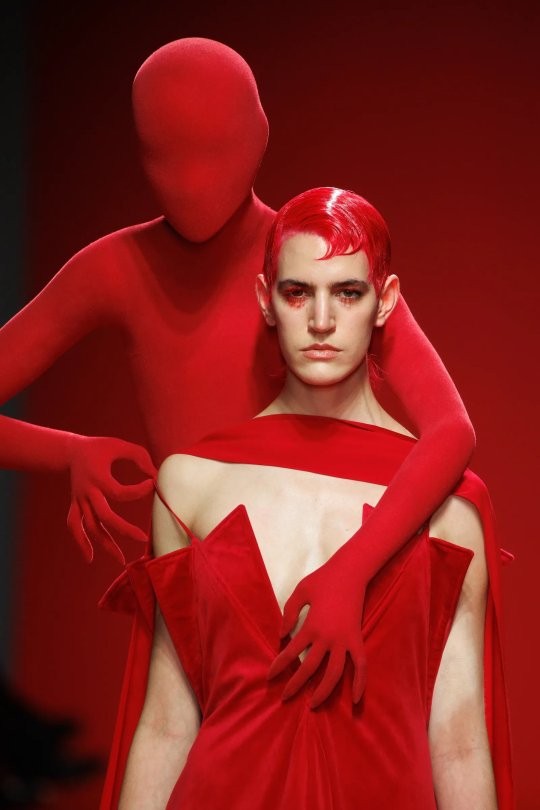

ROBERT WUN Couture Spring/Summer 2024
if you want to support this blog consider donating to:ko-fi.com/fashionrunways
9K notes
·
View notes
Text

Art Nouveau doors in Brussels ❦
58K notes
·
View notes
Text
Using the appropriate vocabulary in your novel
It is very important that the language in your novel reflects the time and place in which the story is set.
For example, my story is set in Italy. My characters would never “ride shotgun”, a term coined in US in the early 1900s referring to riding alongside the driver with a shotgun to gun bandits.
Do your research! A free tool that I found to be very useful is Ngram Viewer.

You can type any word and see when it started appearing in books. For example…one of my characters was going to say “gazillion” (I write YA) in 1994. Was “gazillion” used back then?

And the answer is…YES! It started trending in 1988 and was quite popular in 1994.
Enjoy ^_^
94K notes
·
View notes
Note
I've adored your art for years now and honestly the way you draw bodies and scars is amazing! I got drawing bodies down, but I can never seem to get scars to look as detailed/ finished like yours, any advice or tips you have on drawing, painting, or rendering scars would be great! Keep up the great art!
thank you so much it means a lot! 🙏
I'm honestly. really bad with giving tips because I'm out here brain dead winging it but I'll try
as with everything else involving drawing, having references is king, though understandably looking up for scars might get gruesome and not everyone is into that - but here are some I have saved as some examples





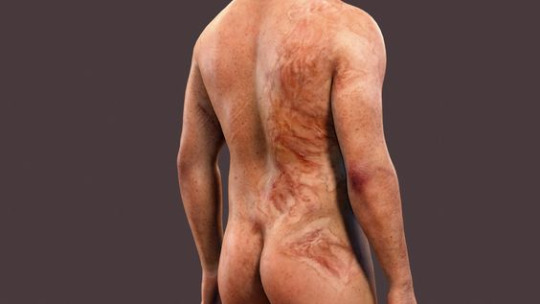
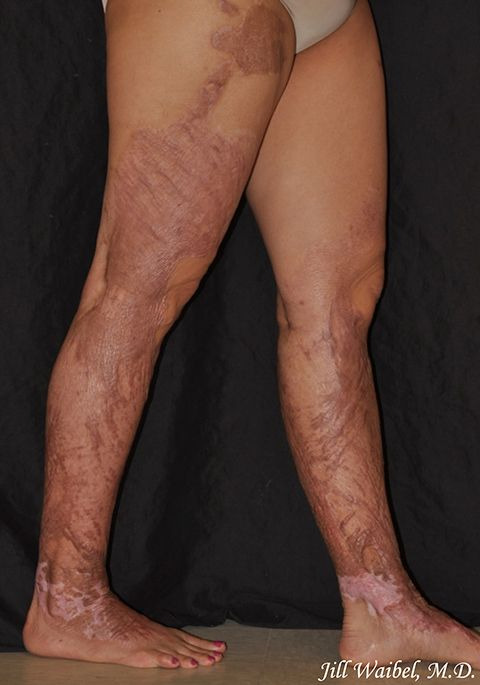


there is of course taking into account what the scar is from, a slash wound or a bullet wound or a burn will scar differently, as well as how healed it is (ie having faded with time or not), but typically I'll use a dark color for the scar itself plus a lighter edge for the raised skin around it, to give it some volume
also try to follow the contours of whatever surface they're on, like going around a shoulder instead of just being a straight line

there are of course the cases where the scar isn't that deep either so it's just a discoloration of the skin - my disorganized ass couldn't find an example for this but it doesn't necessarily have to be a lighter color

for burns I do follow the same dark/light color logic but it's mostly just scribbles

hope this has been any help and if you have any more questions feel free to ask but like I said. < brain dead winging it
676 notes
·
View notes
Text
I attack first. I draw my blade and take a swing. You look rather confused. This confusion is justified as we are 40 ft apart in the middle of a showdown.
47K notes
·
View notes
Text

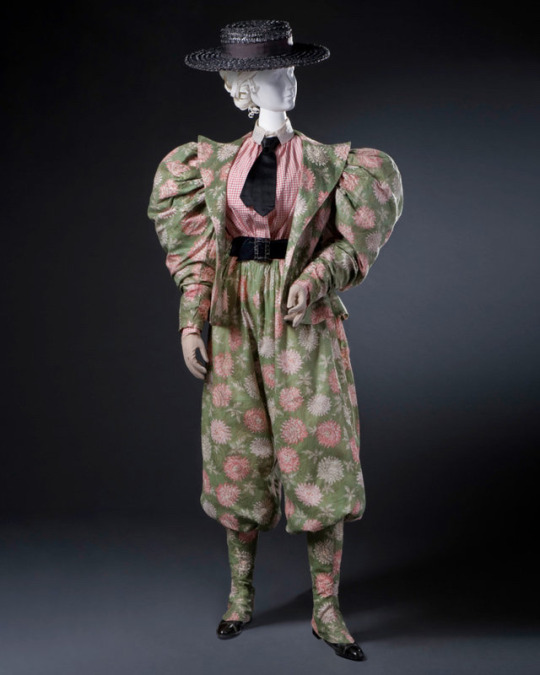
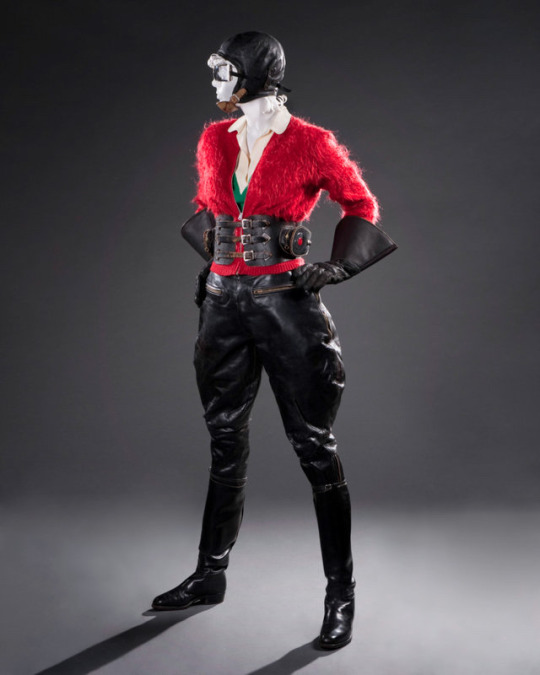

Cycling bloomers 1890
Motorcycles 1930
Courtesy Alain Troung
2K notes
·
View notes
Text

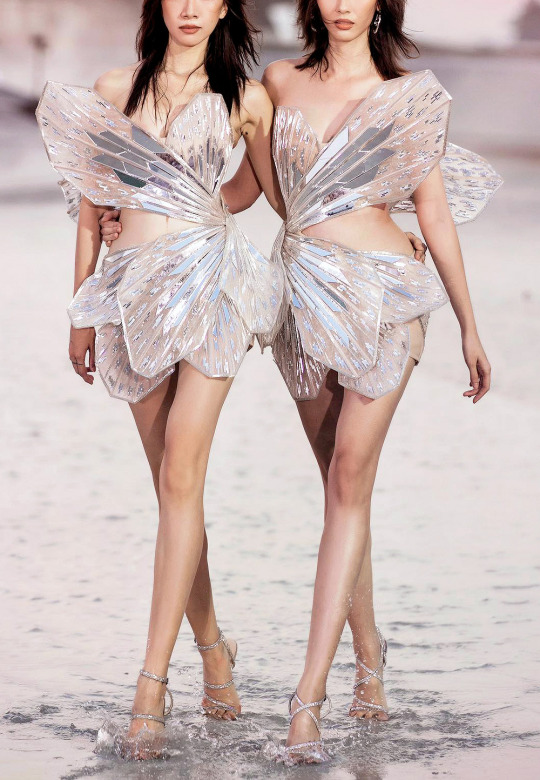






Alien Fashion at Rin by Chung Tranh Phong Pre-Fall 2023 Collection
10K notes
·
View notes
Text
does anyone know where I can find good reference images of victorian-era wheelchairs? I want to draw the jovial contrarian but all the wheelchair art refs/tutorials I can find are for modern wheelchairs
25K notes
·
View notes
Text







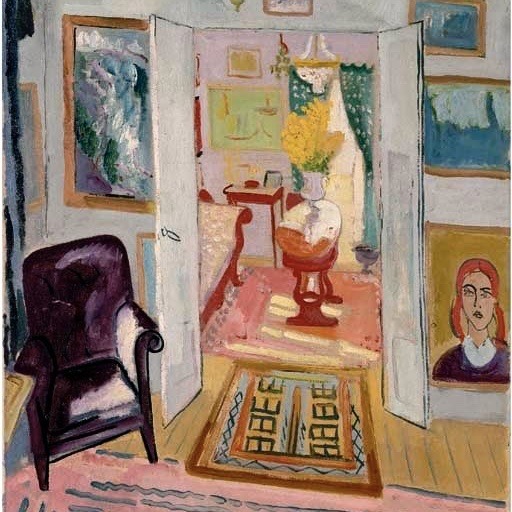

favorite interiors in art
marie-louise roosevelt pierrepont, lachlan goudié, stanislav zhukovsky, susan ryder, larry bracegirdle, paul kauzmann, hugo grenville, isaac grunewald, susan ryder
21K notes
·
View notes
Text
i think it’s p awesome that the first compasses invented in china were not magnetic, but in fact mechanical - the cart with the little wooden man pointing south was built in a way that no matter which way the cart turned, the little man would always point south
27K notes
·
View notes
Text
I was working with an item today that just utterly flabbergasted a part of me (the other was deeply frustrated with the catalogue record AS SOMEONE APPARENTLY THOUGHT IT WAS PRINTED ON SILK, coming back to that in a minute) … but ANYWAYS … said item is a replica of a medieval manuscript prayer book THAT IS ENTIRELY WOVEN out of grey and black silk … WOVEN … text, images, intricate grey scale, WOVEN … NOT PRINTED …
And it’s flabbergasting because it’s from 1888, Jacquard machine, IT USED PUNCH CARDS to weave these intricate pages … something like 400 weft per near square inch … IT looks like a page of textured paper, but it’s not, it’s entirely SILK … F*CK …
Anyways …
34K notes
·
View notes
Photo


The Grand Launay garden, in French Brittany. Lanrivain, France.
Photos by Adam Pasco
285 notes
·
View notes


